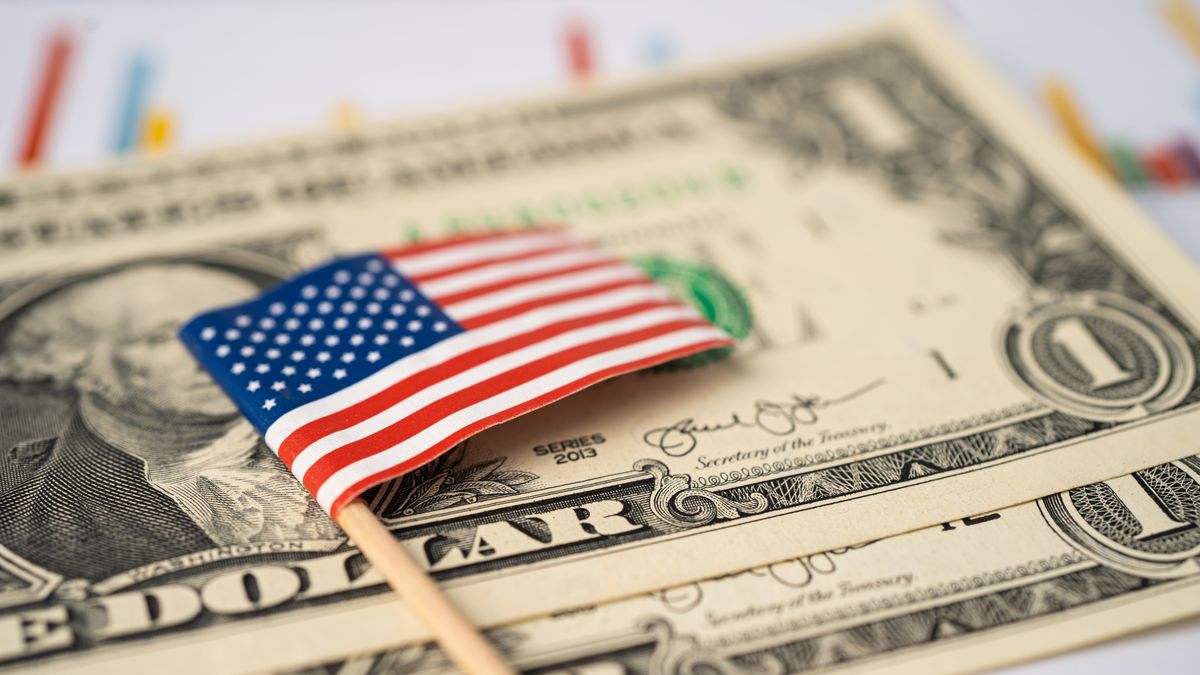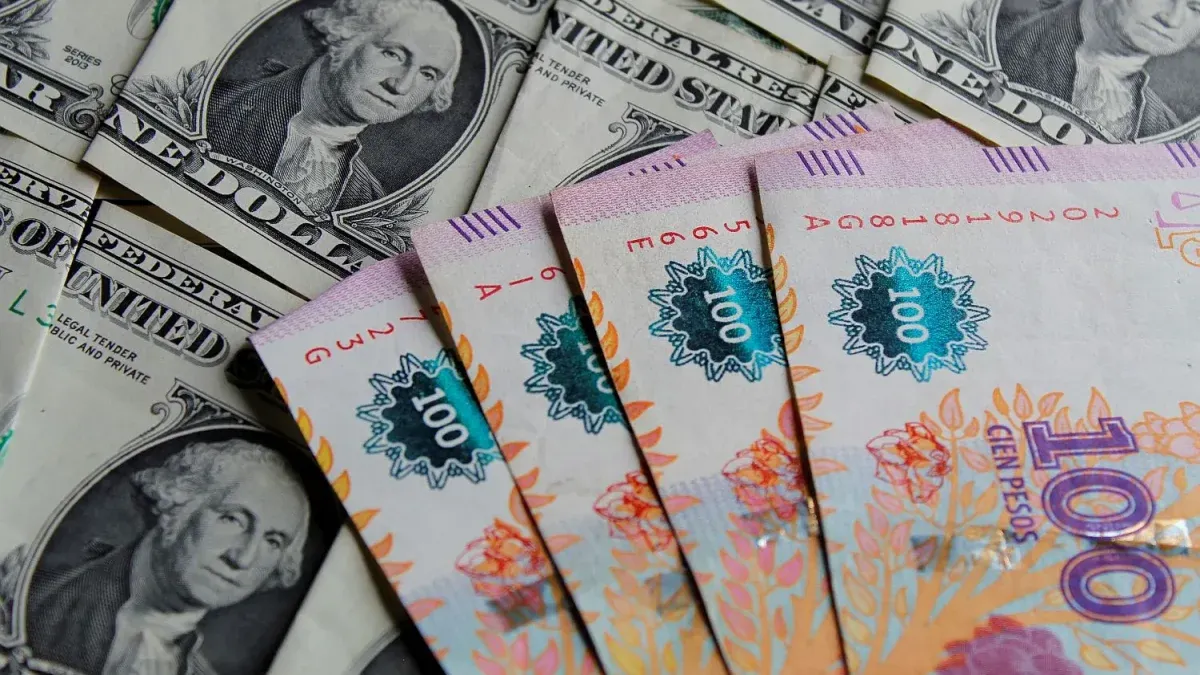The annual increase in inflation has slowed down and is now below 3%.
Consumer prices in USA rose moderately in July and the annual increase in inflation slowed to less than 3% for the first time since early 2021, further strengthening expectations that the Federal Reserve (Fed) cut interest rates next month.
The content you want to access is exclusive for subscribers.
The report of the Department of Labor The data released on Wednesday added to a modest rise in producer prices in July, suggesting inflation was back on a firmly downward trend. That should allow the U.S. central bank to focus more on the labor market amid growing concerns of a sharp slowdown.


“The relay race to Fed cuts has begun,” said Lindsay Rosner, head of multi-sector fixed income at Goldman Sachs Asset Management. “The Fed is on track to cut some amount in September, and we still have two legs of this race left to run.”
He consumer price index rose 0.2% last month after falling 0.1% in June, the agency reported. Department of Labor, Bureau of Labor Statistics. The increase was in line with economists’ expectations. A 0.4% rise in housing, which includes rents, accounted for nearly 90% of the CPI increase. Housing costs rose 0.2% in June.
The prices of the food rose 0.2%, matching the increase in June. Prices of the gasoline were unchanged after falling for two consecutive months. In the 12 months through July, the CPI rose 2.9%. That was the first reading below 3% and the smallest increase since March 2021. Consumer prices advanced 3.0% year-over-year in June.
Waiting for the Fed
The annual growth of the consumer prices has moderated considerably from a peak of 9.1% in June 2022 as higher borrowing costs cool demand. Although still elevated, inflation is approaching the 2% target of the Fed.
The chances of a half-percentage point cut at the meeting of Fed monetary policy The Sept. 17-18 rate is around 59%, with the rest of the bets calling for a quarter-point drop, according to CME Group’s FedWatch tool. Rate pricing mainly reflects the jump in the unemployment rate to near a three-year high of 4.3% in July.
Economists, however, say the labor market would have to deteriorate significantly for the central bank to implement a 50-basis-point cut in borrowing costs. The fourth consecutive monthly increase in the unemployment rate was driven primarily by an immigration-induced increase in labor supply, rather than layoffs.
Source: Ambito




